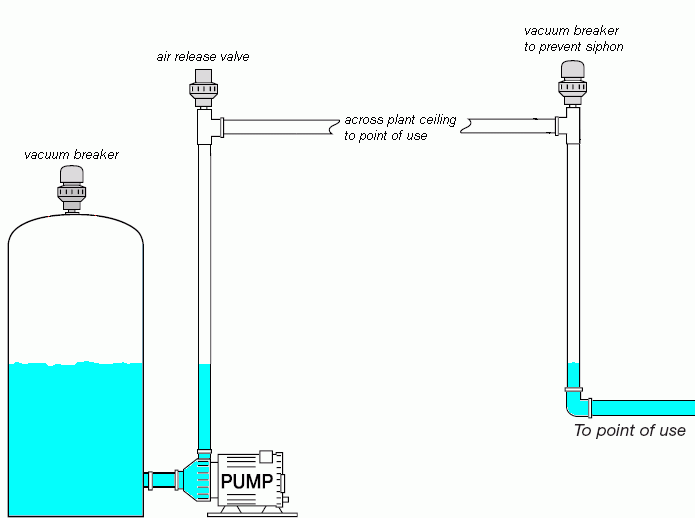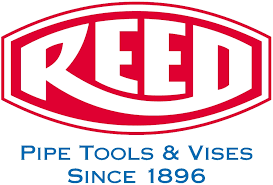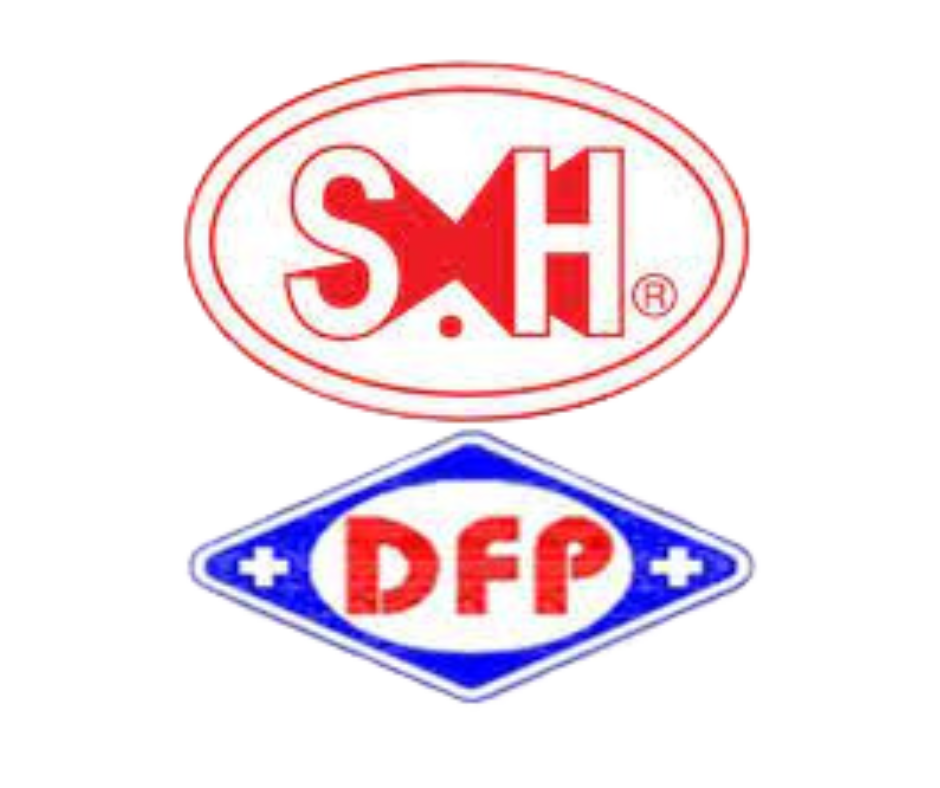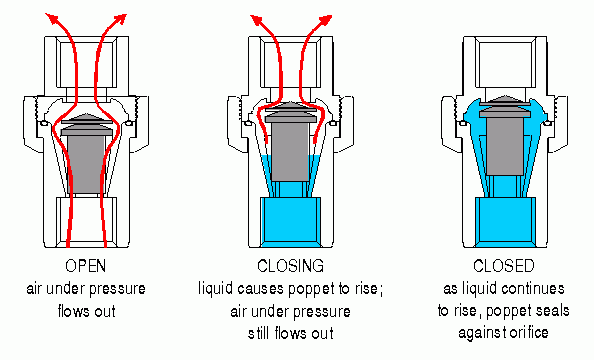Hỗ trợ kỹ thuật
- Giới Thiệu Và Hướng Dẫn Sử Dụng Keo Dán CPVC Chống Cháy Weld-On
- Tấm Lót Bảo Vệ Bê Tông PP AGRU | Liner PP Chống Ăn Mòn Hóa Chất
- Dụng Cụ Cắt Ống Super-Ego | Công Cụ Ống Chuyên Nghiệp
- Thiết bị đo lường & điều khiển GF Signet – Giải pháp chính xác cho ngành công nghiệp hiện đại
- Keo dán ống nhựa công nghiệp Weld-On – 711, 717, 724, Primer P68, P70
·Dependability: Unique self-guided poppet assures minimal emission of system liquid prior to sealing.
·Convenience: True-union simplifies valve inspection/removal with minimum piping breakdown.
·Minimal Closing Pressure: Closes at 0 PSI, as long as liquid is present. Valve closes as liquid rises, after virtually all unwanted air is forced out. Seals bubble tight at system pressures as low as 10 psi (EPDM seals).
·Cost Efficient: Designed to improve system performance and competitively priced.
·Superior Design: Poppet seals more reliably than ball designs; does not deform under pressure like a hollow ball.
·Corrosion Resistant: Top quality thermoplastics and elastomers resist chemical attack and protect system purity. No metal components in Series ARV.
Use of Air Release Valve with Vacuum Breakers to Prevent Siphon
 Air release valves are used mostly to expel pockets of air at system start-up, but as shown in the diagram above, they are also used in conjunction with vacuum breakers to eliminate siphon in piping systems. First, a vacuum breaker is positioned on top of the supply tank to prevent implosion when the tank is drained. A second vacuum breaker is shown on a tee to prevent siphon in a vertical drop. This creates a pocket of air in the riser, lateral line, and drop to "break" the suction that would otherwise be created in the drop when the pump is turned off. The blue color indicates liquid in the system when the pump is turned off. When the system is re-started, an air release valve positioned along the high point of the pipeline is necessary to expel the air pocket for safe and efficient operation. Additional air release valves may be necessary at other points, depending upon the size and complexity of the pipeline. Placement of degassing valves (not shown) varies from system to system.
Air release valves are used mostly to expel pockets of air at system start-up, but as shown in the diagram above, they are also used in conjunction with vacuum breakers to eliminate siphon in piping systems. First, a vacuum breaker is positioned on top of the supply tank to prevent implosion when the tank is drained. A second vacuum breaker is shown on a tee to prevent siphon in a vertical drop. This creates a pocket of air in the riser, lateral line, and drop to "break" the suction that would otherwise be created in the drop when the pump is turned off. The blue color indicates liquid in the system when the pump is turned off. When the system is re-started, an air release valve positioned along the high point of the pipeline is necessary to expel the air pocket for safe and efficient operation. Additional air release valves may be necessary at other points, depending upon the size and complexity of the pipeline. Placement of degassing valves (not shown) varies from system to system.
Thông số kỹ thuật
|
Available in Geon® PVC & Corzan® CPVC |
|||||||||
|
Series ARV |
A |
B |
C |
Model Number |
|||||
|
IN. |
mm |
IN. |
mm |
IN. |
mm |
||||
|
1/2" |
5.3 |
130 |
1.9 |
48 |
2.8 |
72 |
ARV050EPT-PV |
||
|
3/4" |
5.3 |
130 |
1.9 |
48 |
2.8 |
72 |
ARV075EPT-PV |
||
|
1" |
4.7 |
120 |
1.9 |
48 |
2.8 |
72 |
ARV100EPT-PV |
||
|
ARV(series) 050(size) EP(seal material) T(threaded) - PV(body material) |
|||||||||
|
Additional Specifications |
|||||||||
|
Pressure required for bubble-tight seal |
EPDM Elastomer: 10 PSI |
Viton Elastomer: 15 - 20 PSI |
|||||||
|
Pressure Rating at 70ºF |
150 PSI |
||||||||
|
Maximum Air Flow Rate** |
Air Flow Rate: 8 SCFM |
Liquid Flow Rate: 60 GPM |
|||||||
|
**Note that excess of 8 SCFM airflow out of the valve will have sufficient force to lift and close the poppet, even though more air may be in the system. Liquid pumping into the system at flow rate exceeding 60 GPM (225 LPM) will create airflow in excess of 8 SCFM. |
|||||||||

















































.jpg)

